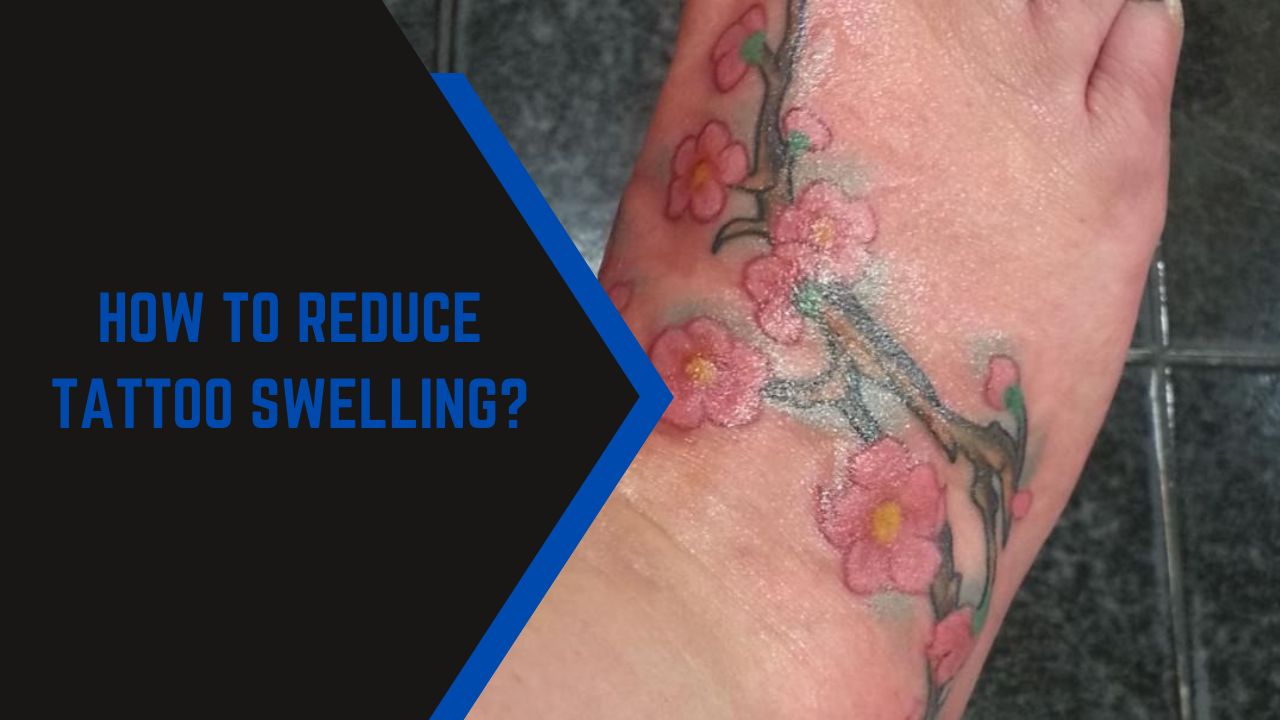
Okay, so you just got that awesome sunflower tattoo, right?
It looks killer.
But, uh oh, it’s swelling up like a balloon.
Don’t freak out.
It happens.
How can I reduce swelling after getting a sunflower tattoo?
That’s the question we’re tackling today.
Let’s get into it, friend.
Why Is My New Tattoo Swollen Anyway?
First things first, swelling is totally normal.
Your body sees that fresh ink as a minor injury (which, technically, it is).
So, it sends in the troops – white blood cells and all that jazz – to start the healing process.
This inflammatory response is what causes the swelling, redness, and sometimes even a little bruising.
Think of it like twisting your ankle; your body reacts similarly.
My Sunflower Tattoo is Swollen! Time for Action!
Alright, enough of the science lesson.
Let’s talk about what you can do to calm things down.
Here are my go-to tips to help reduce that swelling and get you back to feeling like yourself.
-
Ice, Ice, Baby (But Not Directly):
Grab an ice pack or a bag of frozen peas wrapped in a clean towel.
Apply it to the tattoo for about 15-20 minutes at a time, several times a day.
Never put ice directly on your tattoo, it can damage the skin and potentially the ink.
I once made that mistake with a small wrist tattoo and ended up with some uneven healing. Ouch!
-
Elevate, Elevate, Elevate:
If your sunflower tattoo is on your leg or arm, keep it elevated as much as possible.
This helps drain the excess fluid and reduce swelling.
Prop it up with pillows while you’re resting.
Trust me, your body will thank you.
-
Stay Hydrated:
Drinking plenty of water helps your body function at its best, including reducing inflammation.
Aim for at least eight glasses of water a day.
Dehydration can actually worsen swelling.
-
Loose Clothing is Your Friend:
Avoid tight clothing that rubs against your new tattoo.
This can irritate it and make the swelling worse.
Opt for loose, breathable fabrics like cotton.
-
Proper Aftercare is KEY:
Follow your tattoo artist’s aftercare instructions to a T.
This usually involves gently washing the tattoo with a mild, fragrance-free soap and applying a thin layer of tattoo aftercare ointment.
Don’t over-moisturize!
A thin layer is all you need.
Too much ointment can trap bacteria and cause problems.
-
Over-the-Counter Relief (If Needed):
If the swelling is particularly uncomfortable, you can take an over-the-counter anti-inflammatory medication like ibuprofen (Advil) or naproxen (Aleve).
Always follow the dosage instructions on the label.
If you have any medical conditions or are taking other medications, check with your doctor or pharmacist first.
When to Worry About Sunflower Tattoo Swelling
Okay, so some swelling is normal, but when should you be concerned?
Keep an eye out for these red flags:
- Excessive Pain: If the pain is unbearable or gets worse over time.
- Pus or Drainage: Any sign of infection, like pus or foul-smelling drainage.
- Red Streaks: Red streaks radiating from the tattoo.
- Fever: A fever can indicate a systemic infection.
- Increased Redness and Heat: If the area around the tattoo becomes excessively red, hot, and tender to the touch.
If you experience any of these symptoms, contact your tattoo artist or a healthcare professional immediately.
It’s always better to be safe than sorry when it comes to your health and your awesome new ink.
Sunflower Tattoo Aftercare: A Quick Recap
Let’s recap the most important things to remember to reduce swelling and promote proper healing.
- Ice it (indirectly).
- Elevate it.
- Hydrate it.
- Loosen up your clothing.
- Follow aftercare instructions.
- Consider OTC meds if necessary.
FAQ About Tattoo Swelling
-
Q: How long will my tattoo be swollen?
A: Swelling usually peaks within the first 24-48 hours and gradually subsides over the next few days. It can take up to a week or two for the swelling to completely disappear.
-
Q: Can I exercise after getting a tattoo?
A: It’s best to avoid strenuous exercise for the first few days, as sweating and friction can irritate the tattoo. When you do start exercising again, wear loose clothing and keep the tattoo clean and dry.
-
Q: Can I go swimming after getting a tattoo?
A: Absolutely not! Avoid swimming pools, hot tubs, and other bodies of water until your tattoo is fully healed. These can harbor bacteria that can cause infection.
-
Q: My tattoo is itchy. What should I do?
A: Itching is a normal part of the healing process. Resist the urge to scratch! Scratching can damage the skin and introduce bacteria. Apply a thin layer of tattoo aftercare ointment to relieve the itch.
-
Q: Can I use Vaseline on my new tattoo?
A: Most tattoo artists advise against using Vaseline, as it’s petroleum-based and can trap moisture and bacteria. Opt for a tattoo-specific aftercare ointment or a fragrance-free, hypoallergenic lotion.
Getting a sunflower tattoo is a big deal, and taking care of it properly is essential.
By following these tips, you can help reduce swelling and ensure a smooth, healthy healing process.
Remember to listen to your body, follow your tattoo artist’s instructions, and don’t hesitate to reach out if you have any concerns.
Knowing how to handle swelling is a key part of the aftercare process for your beautiful sunflower tattoo.














